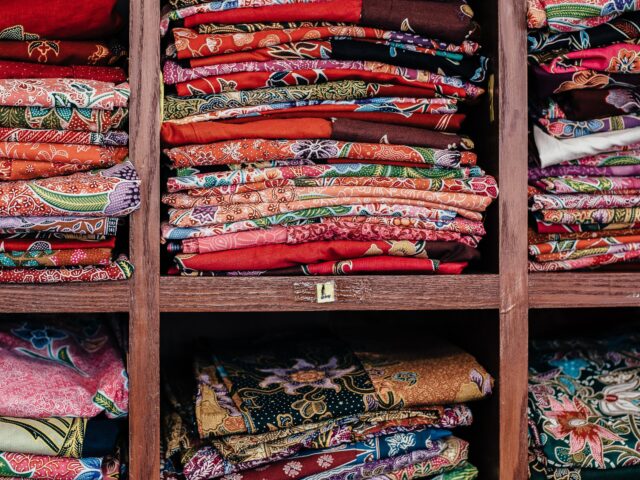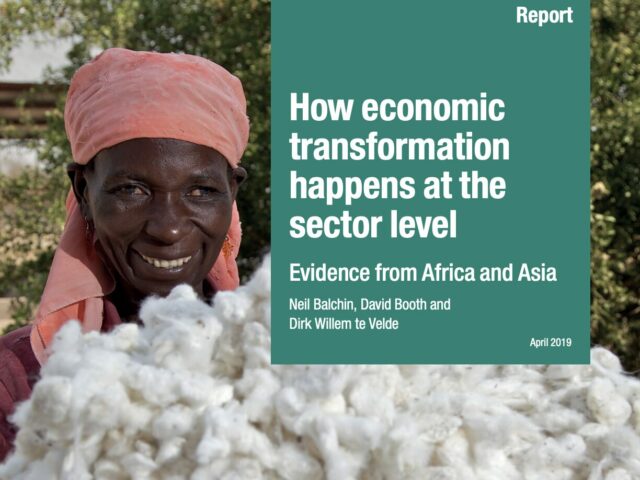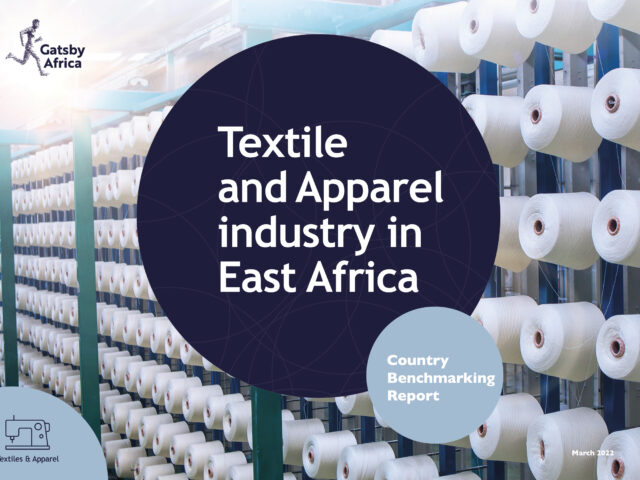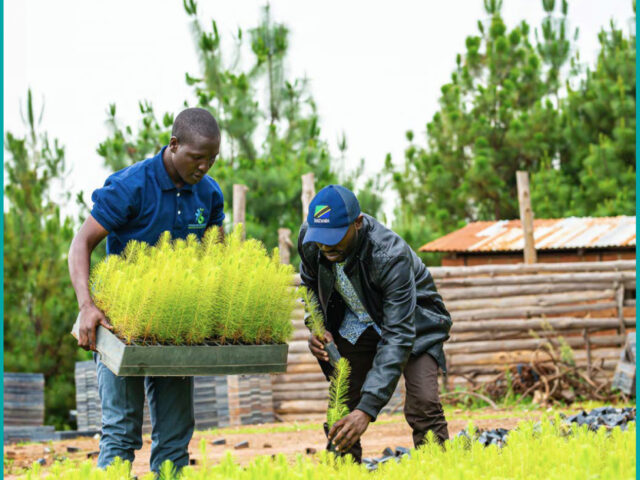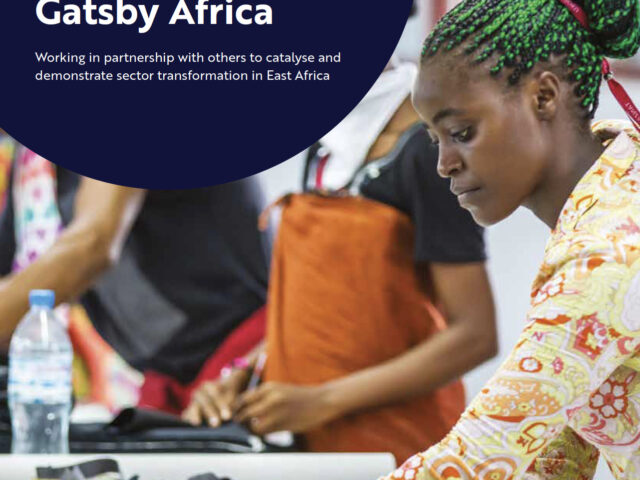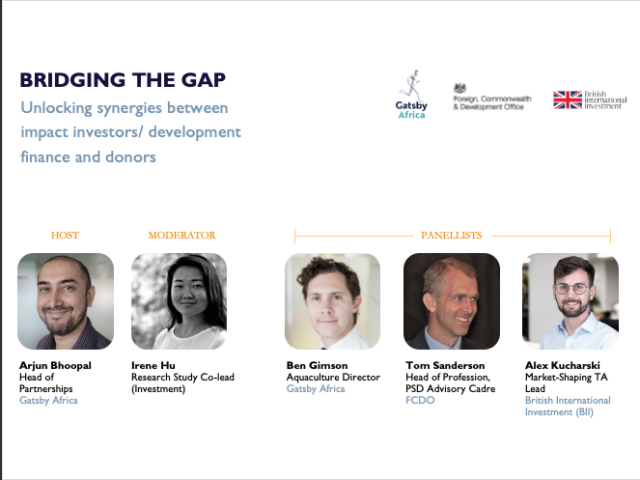Textiles & Apparel
Collaborating with responsible global brands, domestic firms, manufacturers and policy makers to leverage East Africa's clean renewable energy, rainfed cotton, educated workforce, and stable political environment. Shifts in global supply chains have created an opportunity, and we are working to capture a share of the global market, expand industries and drive regional exports.
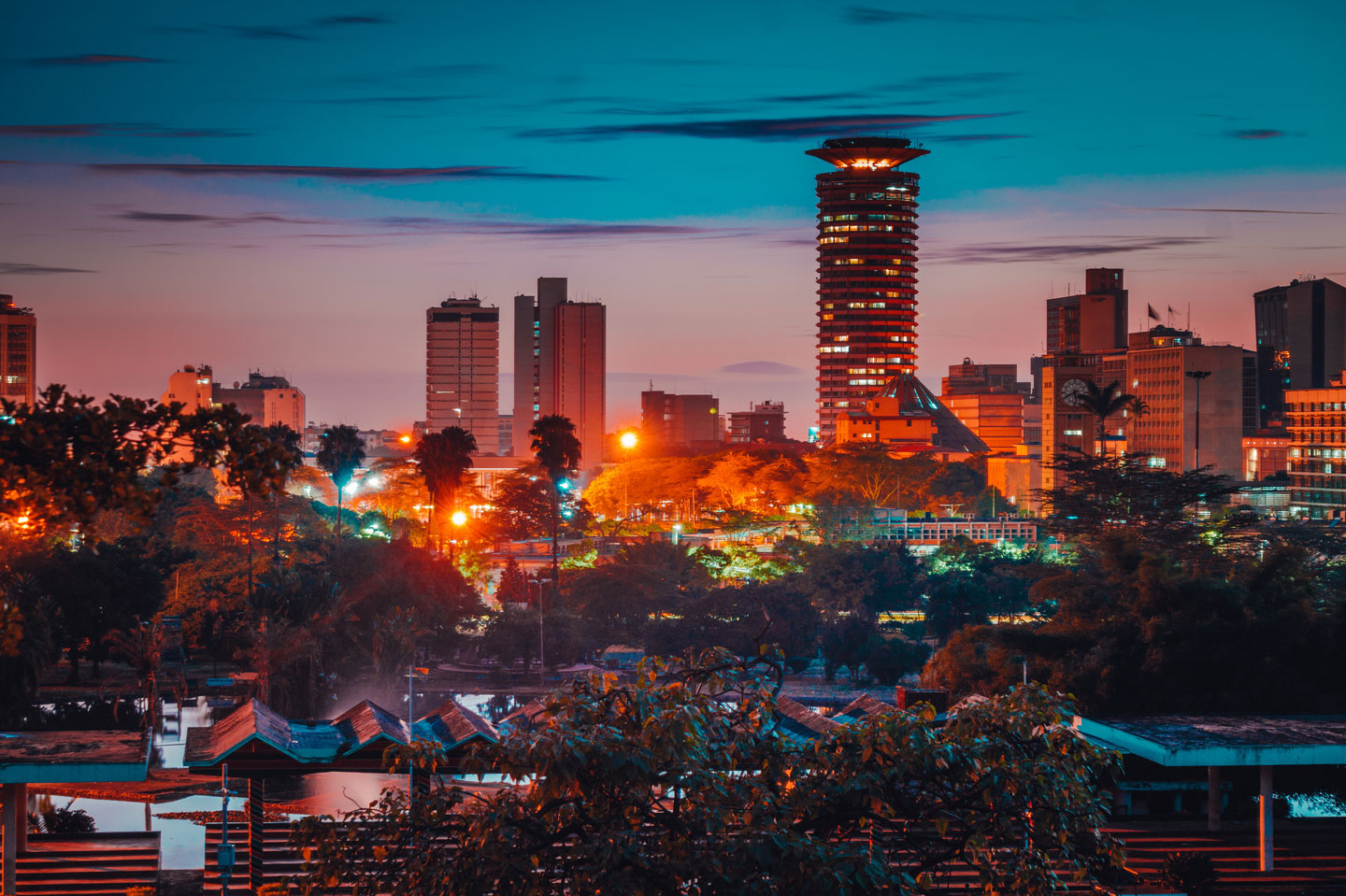
Around the world, the Textiles & Apparel sector has played a critical role in lifting countries out of poverty.
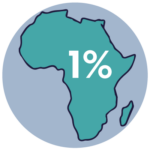
Africa accounts for less than 1% of the global Textile and Apparel trade
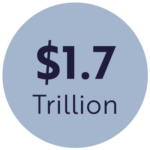
Total value generated by textiles and apparel globally
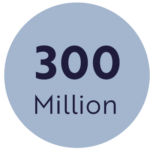
The sector employs more than 300 million people around the world
East Africa at a Glance
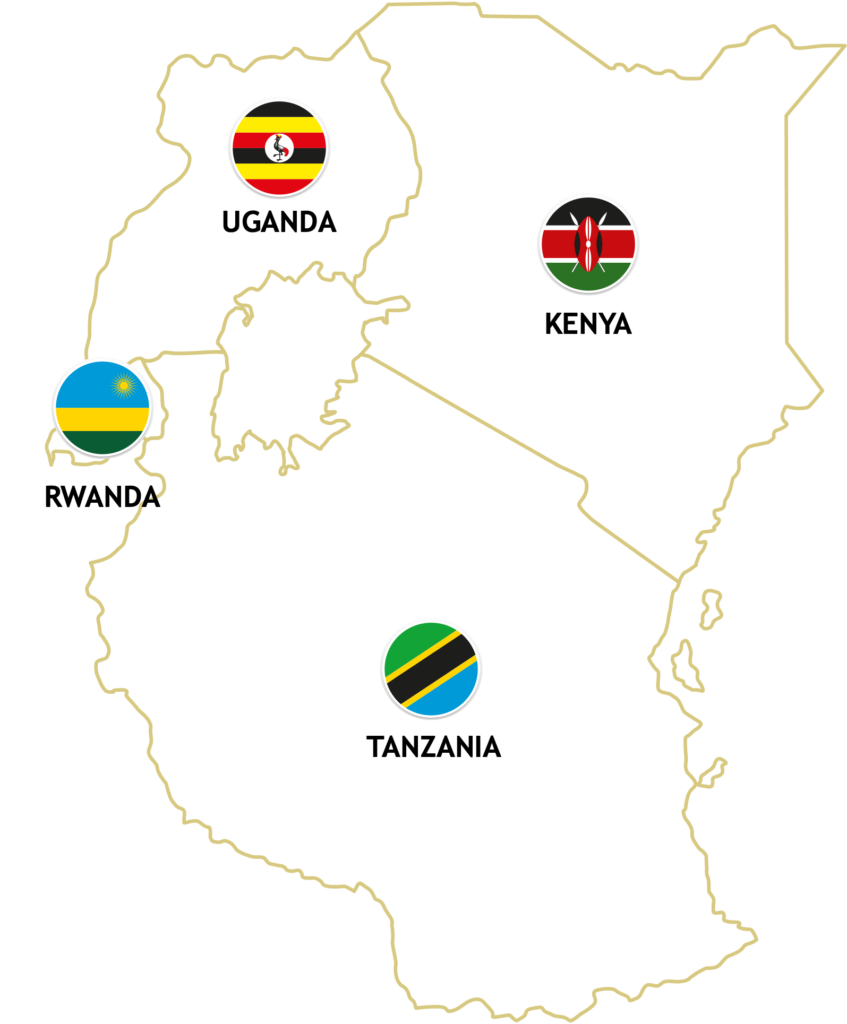
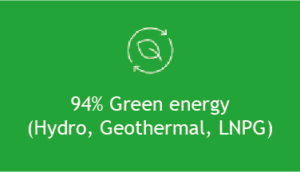

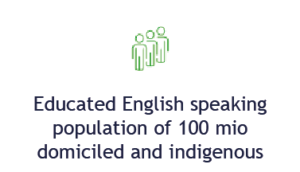
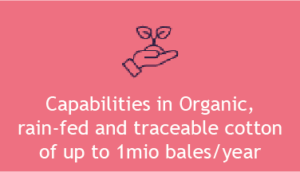
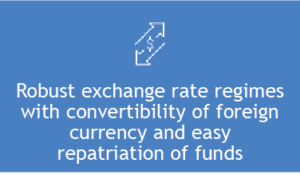
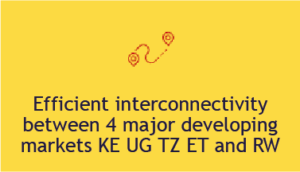
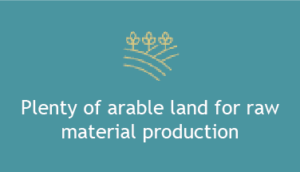
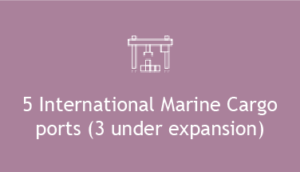
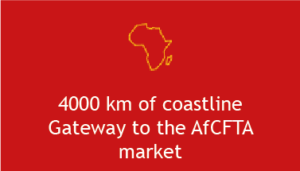

The Opportunity
The Textiles and Apparel sector is one of the few sectors which can generate millions of jobs in urban and peri-urban areas, including significant employment opportunities for women and youth.
While this sector has made slow progress in East Africa in the past decades, there are good reasons to believe momentum is shifting. Some of the largest buyers in the world are showing interest in East Africa, as they seek to diversify from China and East Asia where wages are increasing, and the sector has faced reputational risks. Some manufacturers are also diversifying from Ethiopia.
Our work with governments across the region has identified strategic public and private investments that will enable East Africa to become a major environmentally and socially responsible base for garment production. The early signs are positive with the region’s factories starting to perform well, order volumes growing, investors targeting East Africa and with governments seeing the opportunity. Private investors are also now starting to show interest in building business parks.
Click here to download the full briefOur present areas of work
Supporting existing mills in East Africa as they supply international buyers and build momentum
Engaging with infrastructure providers and stakeholders in the water, environmental and waste management clusters to develop adequate industrial space
Engaging governments in East Africa to ensure they recognise the sector’s potential and have the right strategies, plans and capacity in place to unlock this
Aligning the initiatives of donors and other players to ensure they productively contribute to the sector’s rapid development
“Increasingly, global brands are recognising the opportunity and seeking to establish competitive and responsible operations in Africa.”
